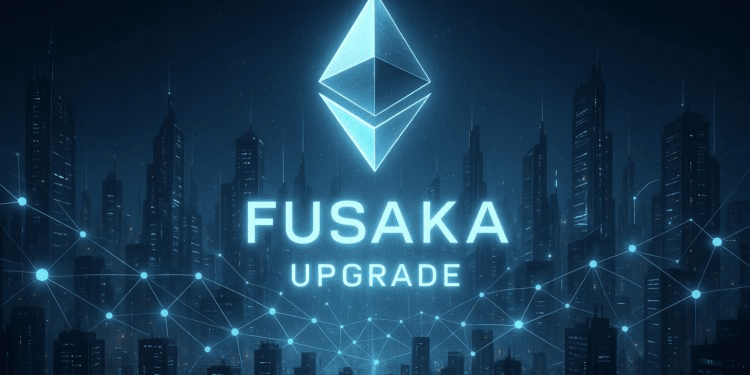Ethereum 'Fusaka Upgrade' to launch by the end of the year: Introducing PeerDAS to enhance blob availability and reduce L2 and validator costs.
Following the completion of the Pectra upgrade recently, Ethereum core developers have begun planning the next upgrade called Fusaka. The specific scope has not yet been fully determined, but developers have currently agreed to include an Ethereum Improvement Proposal (EIP) 'PeerDAS', which aims to assist the network in supporting larger transaction data 'blobs', enhancing data availability and reducing L2 transaction costs.
Overall, the role of PeerDAS includes:
1️⃣ Reducing Layer 2 Network Costs: By improving blob processing efficiency, PeerDAS can lower transaction fees for Layer 2 networks.
2️⃣ Supporting Network Expansion: Increasing the upper limit of blobs will help the Ethereum ecosystem process more transactions.
3️⃣ Optimizing Validator Experience: Validators do not need to download the full blob, which can reduce operational costs and help attract more institutions to participate in Ethereum consensus.
Comparison of Pectra and Fusaka detailed upgrades
Pectra Upgrade
1️⃣ Staking and Validator Optimization: By EIP-7251, raising the maximum effective balance for a single validator from 32 ETH to 2048 ETH, integrating nodes to reduce network overhead while maintaining a minimum threshold of 32 ETH, with the penalty mechanism synchronized with the amount held.
2️⃣ Blob Data Capacity Increase: According to EIP-7691, the minimum blob capacity of blocks will increase from 3 to 6, and the maximum average blob from 6 to 9, alleviating L2 data pressure, with a long-term goal of 48/72 (balancing user demand and ETH value).
3️⃣ Account Abstraction: Optimizing wallet functionality through EIP-7702, supporting transaction bundling, gas sponsorship, social recovery, etc., enhancing user experience.
Fusaka Upgrade
1️⃣ Pure Data Availability Sampling (PeerDAS): Nodes only need to randomly sample to verify data integrity, lowering operational thresholds and enhancing scalability, which is a current priority.
2️⃣ Ethereum Object Format (EOF): Refactoring the EVM, separating contract code from data, enhancing the security and structure of smart contracts, facilitating development.
3️⃣ Minimalist Design: Focusing on PeerDAS and EOF, EIP-7688 (smart contract query network information) may be postponed to accelerate testing and release.
Upgrade Goals
Both aim to enhance Layer 2 network functionality and reduce barriers for users and developers, while simultaneously advancing Layer 1 expansion testing, collectively pushing Ethereum to become a safer, more scalable, and user-friendly network.$BTC $ETH $XRP #BNB创新高 #杰克逊霍尔会议 #加密概念美股普涨


